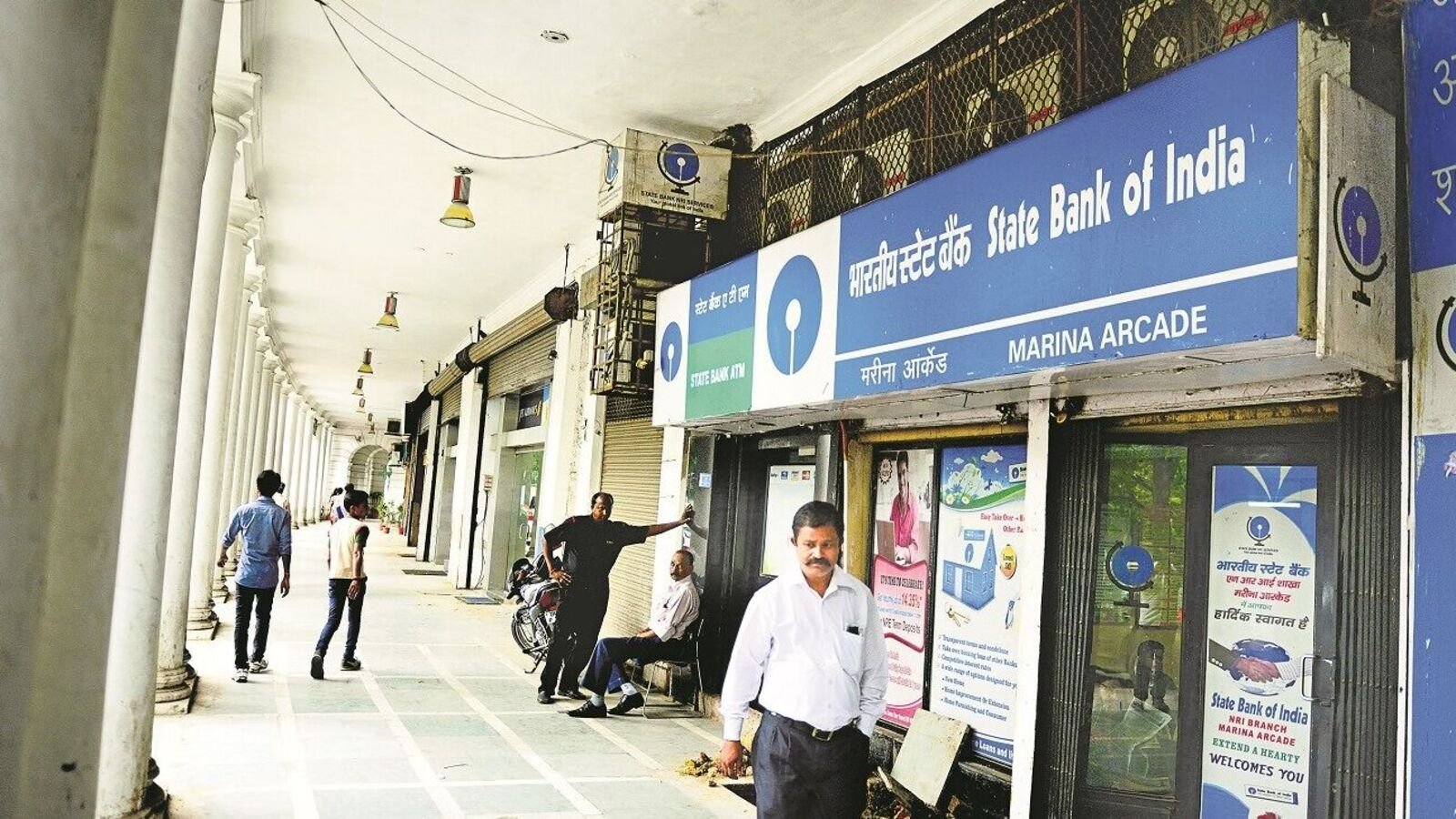Foreign portfolio investors (FPIs) turned aggressive buyers in September, boosted by the latest supersized 50 basis points (bps) interest rate cut by the US Federal Reserve. FPIs made a remarkable comeback to Indian markets this month, snapping their previous moderation, driven by domestic and global factors. They were consistent buyers in June and July after election-related jitters faded and stability returned to Indian markets. However, FPIs halted their buying streak with the onset of the new fiscal year 2024-25 (FY25).
FPIs invested ₹33,691 crore worth of Indian equities, and the net investment stood at ₹63,000 crore as of September 20, taking into account debt, hybrid, debt-VRR, and equities, according to the National Securities Depository Ltd (NSDL) data. This month, the total investment in debt markets is ₹7,361 crore. Regarding equities, September is on track to log the highest FPI inflows year-to-date (YTD), while the total investment is already at a nine-month high.
Also Read: US Fed delivers supersized 50 bps rate cut: FPI inflows to stronger INR—here’s how the verdict is ‘good’ for India
“September has witnessed the second highest inflows in 2024 so far, the last one being in March 2024. Data from NSDL shows that during the current month till September 17, FPIs pumped net $3,682 million Indian equities, higher than the net monthly flows in six out of eight previous months in the current calendar year,” said Manoj Purohit, Partner and leader, FS Tax, Tax and Regulatory Services, BDO India.
What’s attracting FPIs to Indian market?
D-Street experts noted the week ending September 20 witnessed a major shift in foreign inflow activity, with the foreign institutional investors (FIIs) turning aggressive buyers. “The ferocity of the FII buying can be noticed in the massive ₹14,064 crore buying in the cash market on September 20. This buy figure is a three-year high,” said Dr. V K Vijayakumar, Chief Investment Strategist, Geojit Financial Services.
The trigger for the aggressive buying by FIIs was the US Fed’s 50 bp rate cut on the 18th, which is regarded as a big Fed pivot, marking the beginning of a rate-cutting cycle. The Fed rate is expected to decline steadily to 3.4 per cent by the end of 2025. Bond yields in the US are also steadily declining, nudging FIIs to invest in emerging markets like India.
The total FII investment this month until 20 September stood at ₹33,699 crore, taking the total FII investment in India to ₹76,585 crore in 2024. The Fed rate cut pushes US yields down. This will facilitate fund flows from the US to emerging markets.
FPIs started September on a stellar note as domestic equity benchmarks Sensex and Nifty 50 closed August on a historic note, buoyed by a strong global market trend as expectations for a US rate cut gained traction.
“In line with an expected move, the US Federal Reserve, this week, made the first interest rate cut in the last four years by a larger than anticipated margin of 50 bps. The FPI fraternity has been conscious about this move and reacted passively,” said Manoj Purohit of BDO India.
FPIs inflow outlook
Experts added that while September is likely to see continued interest from FPIs, the flows would be shaped by a combination of domestic political stability, economic indicators, global interest rate movements, market valuations, sectoral preferences, and the attractiveness of the debt market.
“The trend of FII buying is likely to continue in the coming days. Banking stocks have turned attractive after news of a reduction in the credit-deposit gap. Since banking stocks are fairly valued in this otherwise overvalued market, the buying trend in banking stocks may continue, thereby lifting the indexes,” said Dr. V K Vijayakumar of Geojit.
The flood of FII money appreciated the INR by 0.4 per cent for the week ending 20 September, which can boost further FII buying. The concern is that the market will overheat, and valuations will be stretched. Analysts added that the Indian markets reflected their resilience positively based on the strong fundamentals and robust economic performance at the expected GDP growth.
Despite global uncertainties, the primary factors making emerging markets like India a sweet spot are balanced fiscal deficits, rate cut impacts on the Indian currency, strong valuations, and RBI’s approach to keeping inflation under control without a rate cut,” said Manoj Purohit of BDO India.
“The public issues (IPOs) announced this year attracted a large number of foreign funds, making the Indian capital market buoyant and a lucrative place for them to shift their positions from other riskier countries,” he added.
All eyes are on the Reserve Bank of India (RBI), whether it follows suit by cutting the repo rate in October or waits until December. There is a strong case to marginally cut rates to manage food inflation and diluted interest from household savings, which impact banks’ retail lending business.
“India’s monetary policy has been more conservative despite the Fed’s recent action. The Indian government is vigilant enough to the external macro factors, leaving no stone unturned to shift its policies to make the capital market most conducive for foreign infusions,” said Purohit.
Disclaimer: The views and recommendations provided in this analysis are those of individual analysts or broking companies, not Mint. We strongly advise investors to consult with certified experts before making any investment decisions, as market conditions can change rapidly and individual circumstances may vary.
Catch all the Business News , Market News , Breaking News Events and Latest News Updates on Live Mint. Download The Mint News App to get Daily Market Updates.
MoreLess




